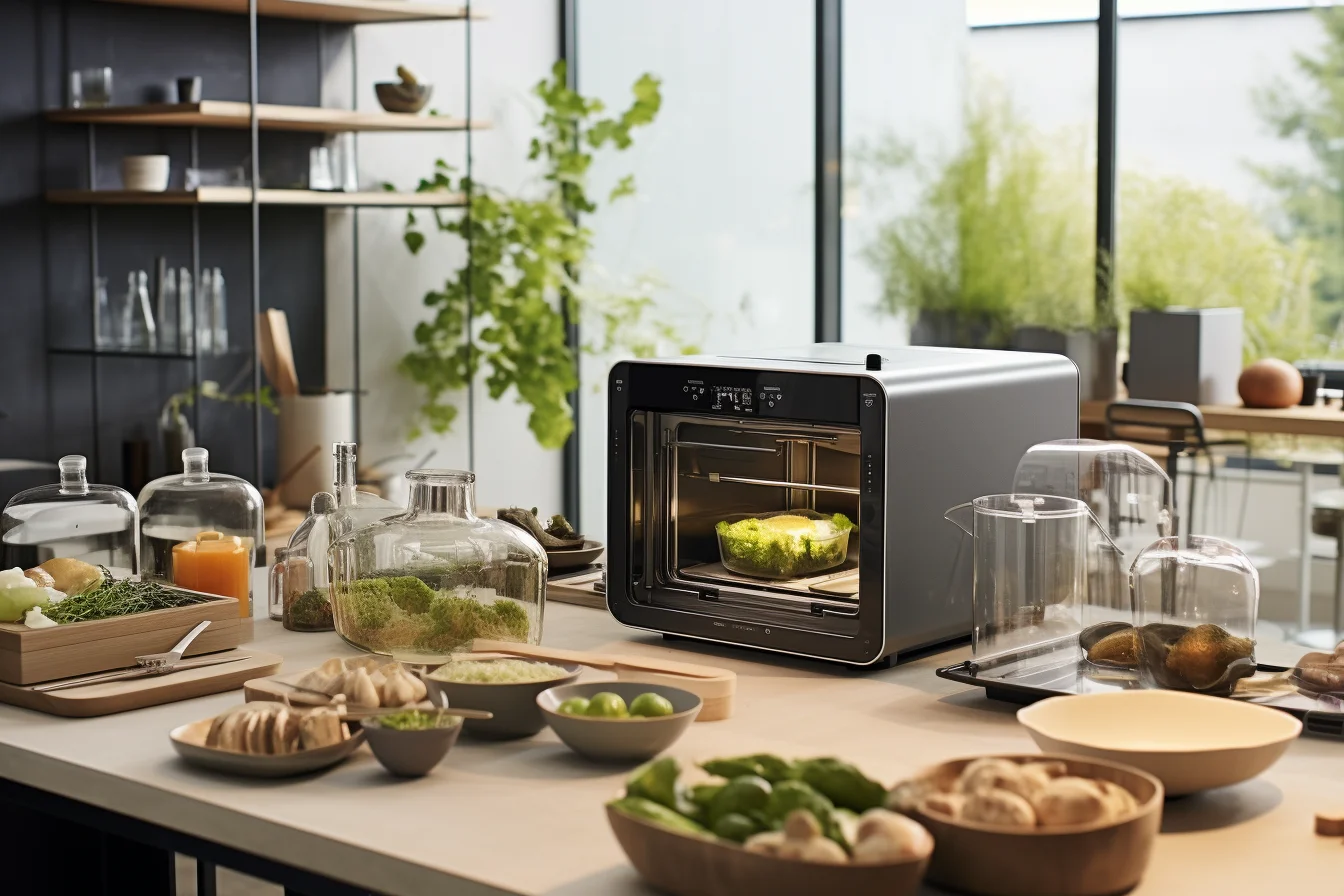Table of Contents
- I. Introduction of Kitchen Islands
- II. Historical Background
- III. Functional Benefits
- IV. Design Considerations
- V. Popular Styles and Designs
I. Introduction of Kitchen Islands
In modern homes, the kitchen is often considered the heart of the house. It’s a space where families gather, meals are prepared, and memories are made. One essential feature that has become increasingly popular in kitchen design is the kitchen island. A kitchen island is a freestanding piece of furniture or countertop that is typically located in the center of the kitchen. It provides additional workspace, storage, and functionality to the kitchen layout.
The importance of kitchen islands in modern homes cannot be overstated. They offer a range of benefits that enhance the overall functionality and aesthetics of the kitchen. From providing extra countertop space for meal preparation to increasing storage capacity for kitchen utensils and appliances, kitchen islands have become a must-have feature in contemporary kitchen designs.
II. Historical Background
A. Origins
The concept of a kitchen island dates back centuries. In ancient times, kitchens were often separate from the main living areas of a home. As cooking became more of a communal activity, kitchen islands emerged as a way to bring people together in the kitchen. They provided a central gathering place for food preparation and socializing.
B. Evolution
Over the years, kitchen islands have evolved in design and functionality. In the past, they were primarily used for additional workspace and storage. However, with advancements in kitchen technology and changing lifestyles, they have become more versatile. Today, they can incorporate features such as sinks, cooktops, and seating areas, making them a hub for cooking, dining, and entertaining.
III. Functional Benefits
A. Additional countertop space for meal preparation
One of the primary benefits of a kitchen island is the extra countertop space it provides. This is especially valuable in smaller kitchens where counter space may be limited. With a kitchen island, you have a dedicated area for chopping, mixing, and assembling ingredients, making meal preparation more efficient and enjoyable.
B. Increased storage capacity for kitchen utensils and appliances
Kitchen islands often come with built-in cabinets, drawers, and shelves, offering ample storage space for kitchen utensils, pots, pans, and small appliances. This helps to declutter the main countertops and keep the kitchen organized and tidy.
C. Versatility in cooking and entertaining
A kitchen island can serve as a multifunctional space for cooking and entertaining. With the addition of a sink or cooktop, you can easily prepare meals while interacting with guests or family members. The island can also be used as a buffet area for serving food during parties or as a casual dining spot for quick meals.
D. Enhanced workflow and efficiency in the kitchen
By placing a kitchen island strategically in the kitchen layout, you can create a more efficient workflow. The island acts as a central point where you can easily access all the necessary tools and ingredients while moving between different workstations. This saves time and energy, making cooking and meal preparation a breeze.
IV. Design Considerations
A. Size and layout of the kitchen
When designing a kitchen island, it’s crucial to consider the size and layout of the kitchen. The island should be proportionate to the overall space and leave enough room for comfortable movement around it. It’s also essential to ensure that the island doesn’t obstruct the natural flow of traffic in the kitchen.
B. Choosing the right materials for the island
The materials used for the kitchen island should complement the overall design aesthetic of the kitchen. Popular options include granite, quartz, butcher block, and stainless steel. Each material has its own unique characteristics in terms of durability, maintenance, and visual appeal.
C. Incorporating seating options
If space allows, incorporating seating options into the kitchen island can create a casual dining area or a place for guests to gather while the cook prepares a meal. Bar stools or chairs can be added to one side of the island, providing a comfortable and convenient seating arrangement.
D. Lighting and electrical considerations
Proper lighting is essential for both functionality and ambiance in the kitchen. When designing a kitchen island, consider installing pendant lights or recessed lighting above the island to illuminate the workspace. Additionally, ensure that there are enough electrical outlets on the island to accommodate small appliances and charging devices.
V. Popular Styles and Designs
A. Traditional
Traditional kitchen islands often feature classic design elements such as ornate moldings, decorative corbels, and raised panel cabinetry. They are typically made of wood and have a timeless appeal that complements a variety of kitchen styles.
B. Contemporary and modern
Contemporary and modern kitchen islands are characterized by sleek lines, minimalist design, and a focus on functionality. They often incorporate materials such as stainless steel, glass, and concrete, creating a clean and streamlined look.
C. Rustic and farmhouse-style

